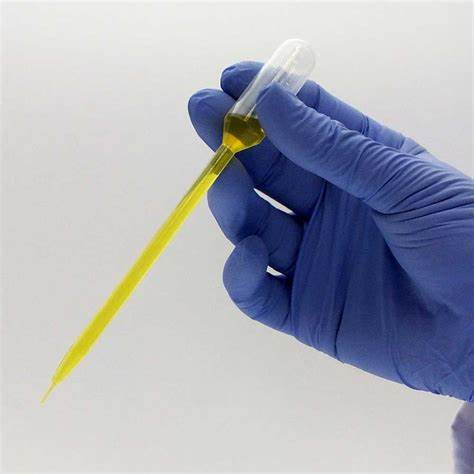Pipette definition:
In scientific labs, pipettes (pipets) are typical laboratory tools for transporting a measured amount of liquid, frequently as a media dispenser. From simple single-piece glass pipettes to more complicated adjustable or electronic pipettes, there are a wide variety of pipettes available for a variety of applications. There are a number of pipette types that use a partial vacuum above the liquid-holding chamber to draw up and distribute the liquid, and then selectively release this vacuum. Instruments have varying degrees of measurement precision.
What does the pipette measure?
A pipette is a laboratory tool that is used to measure and dispense small volumes of liquids. The word “pipette” comes from the French word “pipette,” which means “little pipe.” Pipettes come in a variety of sizes, shapes, and designs.
Plastic and glass pipettes are typically used to measure volumes less than 1 milliliter (mL). Electronic pipettes can be used to measure volumes as small as 0.1 microliters (μL).
Types of Pipettes:
There are three basic types of pipettes: plastic, glass, and electronic. Plastic pipettes are made from polyethylene terephthalate (PET), glass pipettes are made from borosilicate glass, and electronic pipettes are controlled by a microprocessor. Here are some popular types.
- Air displacement micropipettes
- Positive displacement pipette
- Volumetric pipettes


